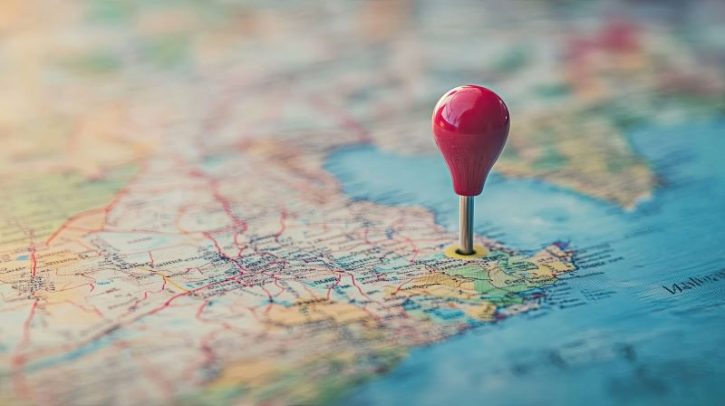Table of Contents
What Is Customer Journey Mapping?
Customer journey mapping is a strategy oriented at creating a customer journey map. This, on the other hand, is a document that visually represents the client’s interactions with your financial organization. We must note here that it’s not purely focused just on the touchpoints, but rather on everything that impacts such interactions, including aspects on the client’s side.
A customer journey map contains the main touchpoints, as well as additional information, such as:
- the needs of the customer at a particular point on the map,
- the feelings that may accompany the customer at certain points on the map,
- the processes that the customer might be involved in (for instance, weighing the pros and cons of a given service),
- the obstacles that the customer may encounter and need to overcome,
- etc.
What’s important is the fact that mapping a customer journey is different from mapping a buyer’s journey. In the latter case, you want to understand the path that a given person follows until they purchase a certain service; the former is more general and focused on the feelings, touchpoints, and experiences across the whole customer lifespan.
Why Do Banks Need Customer Journey Mapping?
In banking, customer journey mapping is mainly used to embrace customer-centricity. They serve as a visual representation of all the data you have collected, enabling your teams to understand clients better. It is a vital tool for improving customer experience, designing new products, and maintaining high customer loyalty.
As such, various teams may use customer journey maps. While they are primarily the focus of your CS department, product development branches and even sales might also use them as a source of valuable information.
Customer Journey Mapping in Practices: Example Strategy
So, what should your customer journey map look like? How to create it, how much time you should spend on each step and what do you need to include? Here’s the layout for your customer journey mapping efforts.
Define Your Goals
Start by determining why you create your customer journey map. Do you want to improve the customer experience among these clients who are already happy with your services? Perhaps your aim is to determine why some customers decide to leave your bank and prevent churn? Or, your goal might be to upsell more products?
The scope of your map will determine its contents. So, do not proceed with the other steps if you don’t really know why you map out their experiences.
Determine Your Target Group
Secondly, you need to know whose journey you’re going to analyze. Some guides might suggest creating a marketing persona, but this often leads to overgeneralization. Instead, opt for the most important criteria, such as:
- geographics:
- where do these clients live,
- how big is the region/city,
- demographics:
- age (if applicable),
- gender (if applicable),
- education (if applicable),
- nationality (if applicable),
- etc.,
- psychographics:
- interests,
- hobbies,
- lifestyle,
- etc.,
- behavioral criteria:
- loyalty to your bank,
- engagement,
- knowledge about the products,
- post-purchase behavior.
You should use all this data to build a customer backstory that will help you analyze them in further steps.
Map Out the Steps
Having done the above, create a real map of the customer’s steps—the stages of the customer journey.
Feelings
Knowing who your target customers are, you should think about their feelings. What emotions do they experience when interacting with your bank? How do they make decisions and what’s the impact of emotions on this?
Consider the emotions for each stage to map out the example feelings of your customers related to your products, services, and support.
Map Out the Most Important Points
Now, you need to get more detailed. Add all the touchpoints in each stage. Consider the emotions related to these smaller actions. Finally, analyze the map to determine if:
- each of the points is necessary,
- some points are especially unpleasant or frustrating for the customer.
Finish Your Map and Create an Action Plan
Having created such an example customer journey map, your bank needs to prepare an action plan based on the findings. Remember to follow your goals set in the first stage—you can now coin them into KPIs for monitoring the implementation of changes and general improvements.
The Takeaway
You know all about customer journey mapping in the banking industry, so you’re ready to use this strategy to your advantage. Remember that such a map will not be fully helpful if you do not have sufficient data; thus, you should rely on a trustworthy analytics & reporting platform for banks and collect as much (useful) customer data as possible!
You may also read: Adapting Customer Service Strategies for Different Generations in Digital Banking



